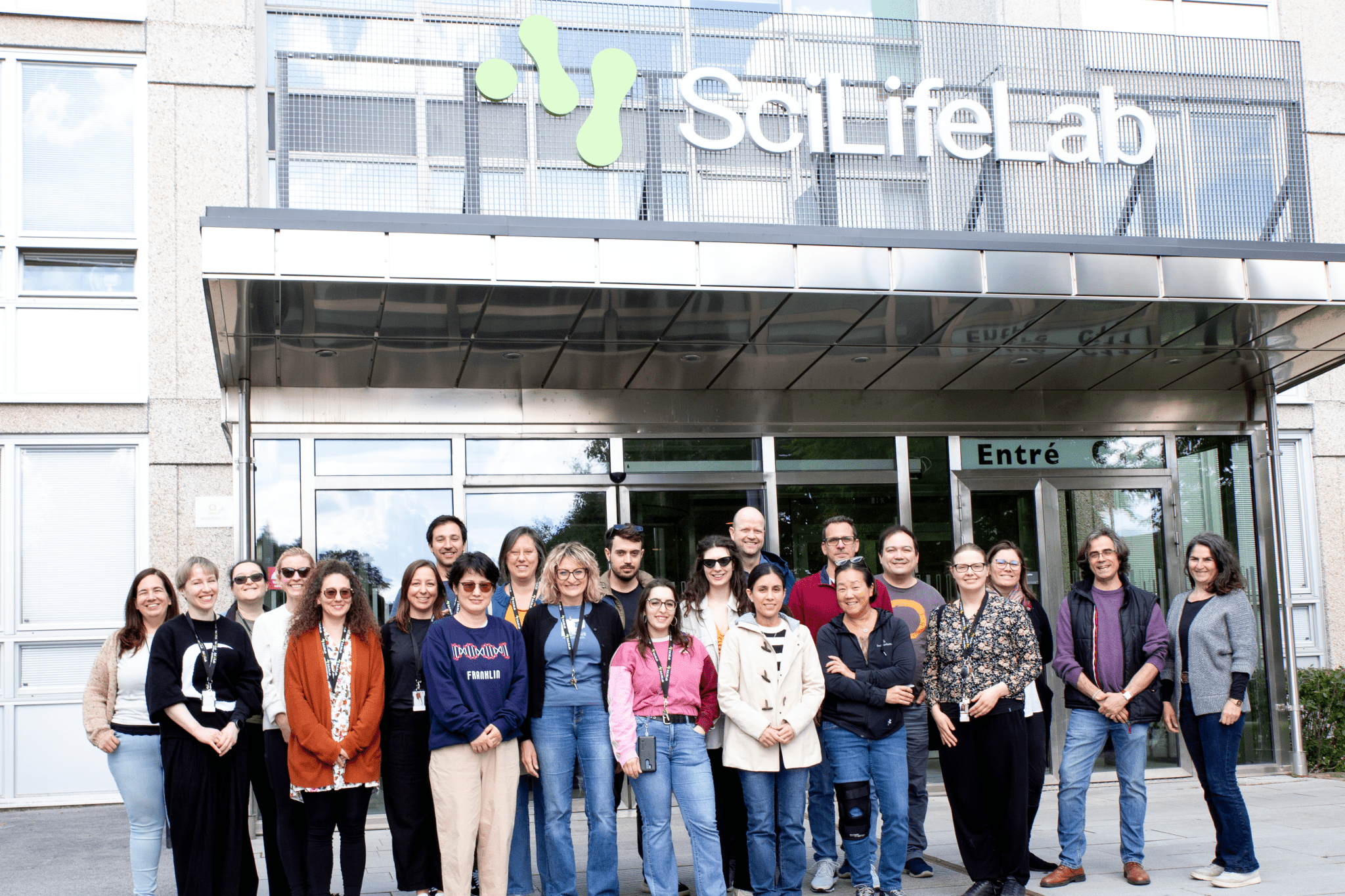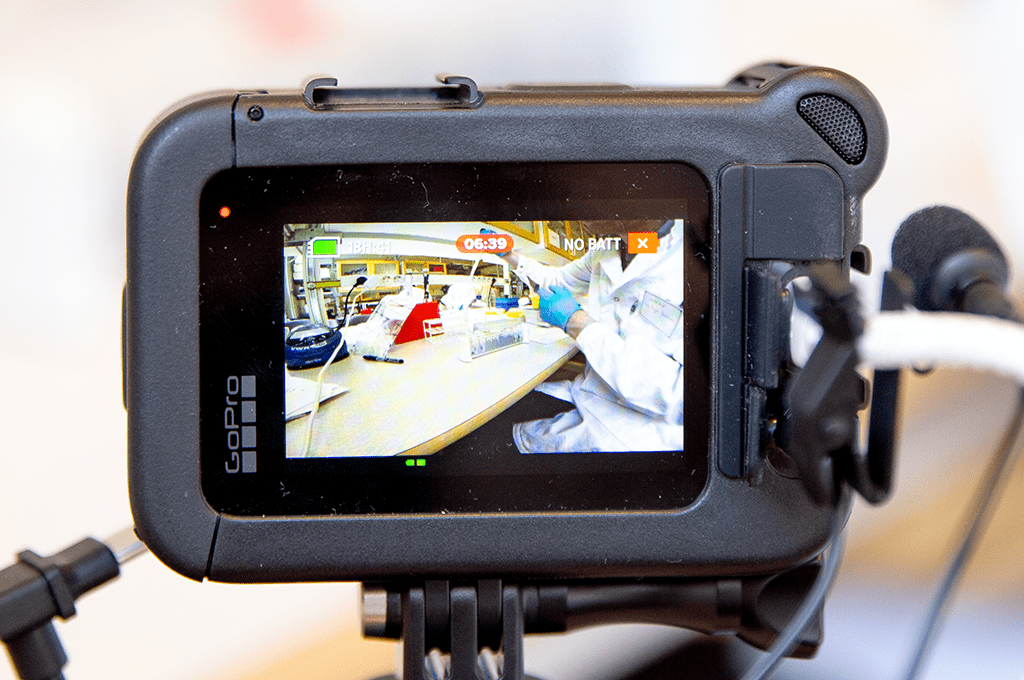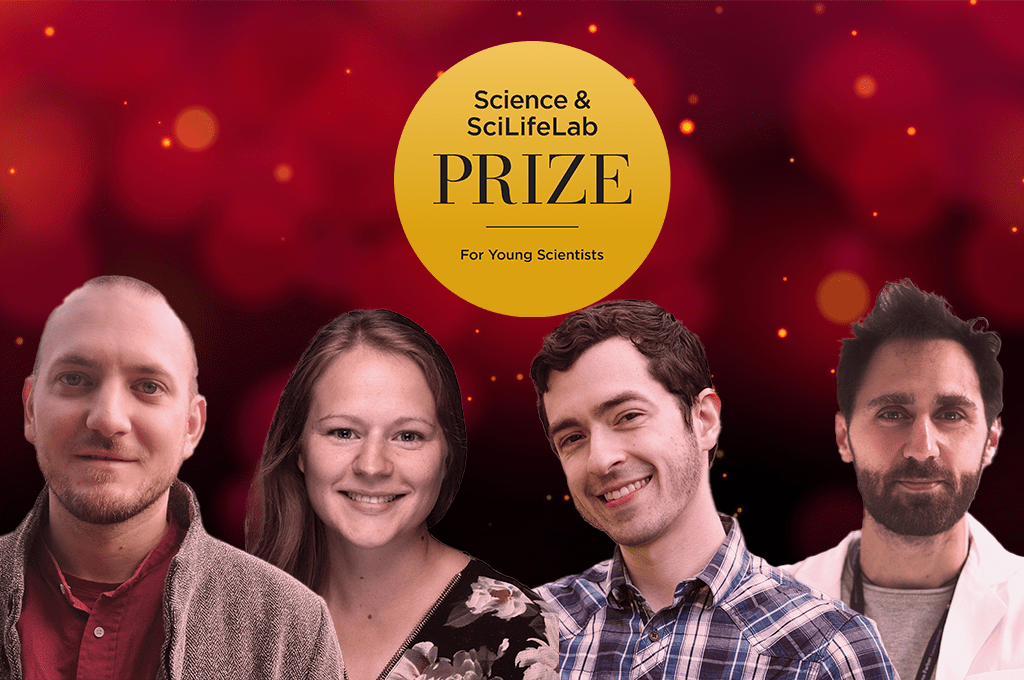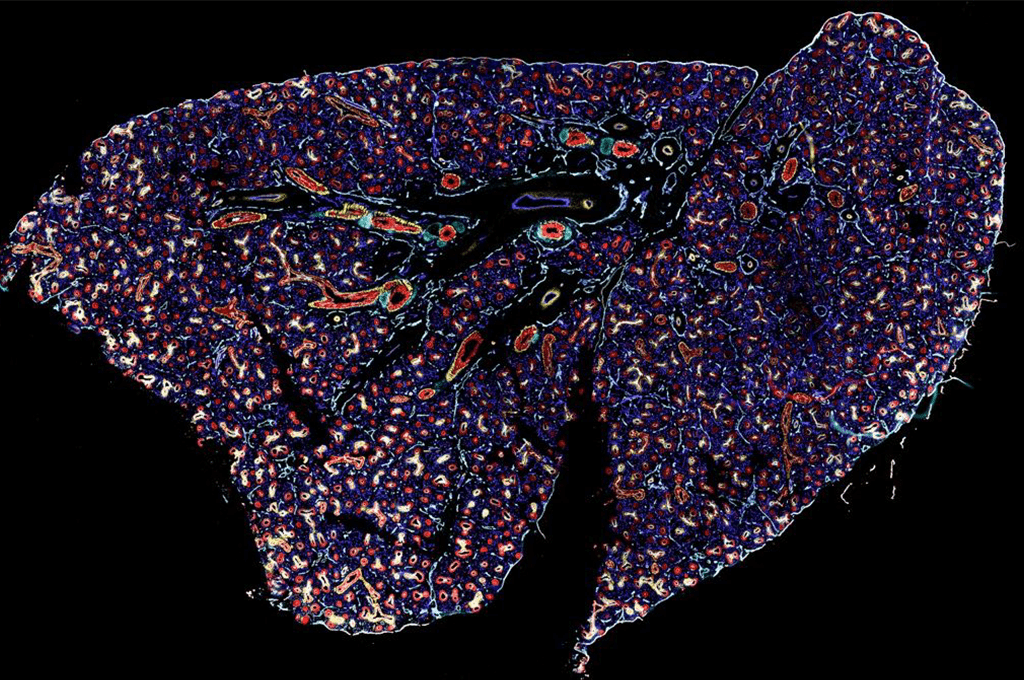Changing the way Hi-C is done in Europe: A collaborative training experience
In June 2024, the Biodiversity Genomics Europe consortium and SciLifeLab held its first course in preparing Hi-C libraries, led by Olga Vinnere-Pettersson (SciLifeLab, Uppsala University) and Ave Tooming-Klunderud (University of Oslo). This course had an ambitious aim of bringing together people from organizations including the Sanger Institute (UK), Genoscope (FR), the University of Oslo (NO), CNAG (IT), as well as representatives from industry leaders Cantata Bio (UK) and Arima Genomics (US). Vinnere-Pettersson and Tooming-Klunderud also set the aim of digitizing and openly sharing this course through video documentation of three learning perspectives, or tracks.
“From the SciLifeLab Genomics perspective, we are proud to be able to launch the organization’s first digitized lab course in collaboration with the EU Horizon-supported Biodiversity Genomics Europe consortium,” said Vinnere-Pettersson of the initiative.
What resulted was a unique experience, where the beginner track performed the HiC technique for the first time using salmon and krill samples, while a second track tested the brand new AssemblyLink Hi-C protocol on the same organisms to compare. At the same time, a third track of HiC experts worked together to tackle challenging samples from non-model organisms – algae, lichen, mosquitoes, and sponges, among others.
The teaching laboratory buzzed while the three groups worked to process their samples, and all of it was captured on three GoPro cameras worn by the scientists – from testing out the squeeze method of preparing a sponge to troubleshooting a low yield, to the celebration of samples passing the first quality assurance step. After long days and hard work all groups were successful in preparing the organisms for sequencing, which is currently ongoing at Uppsala’s BGE partner sequencing center (SciLifeLab/Uppsala University).
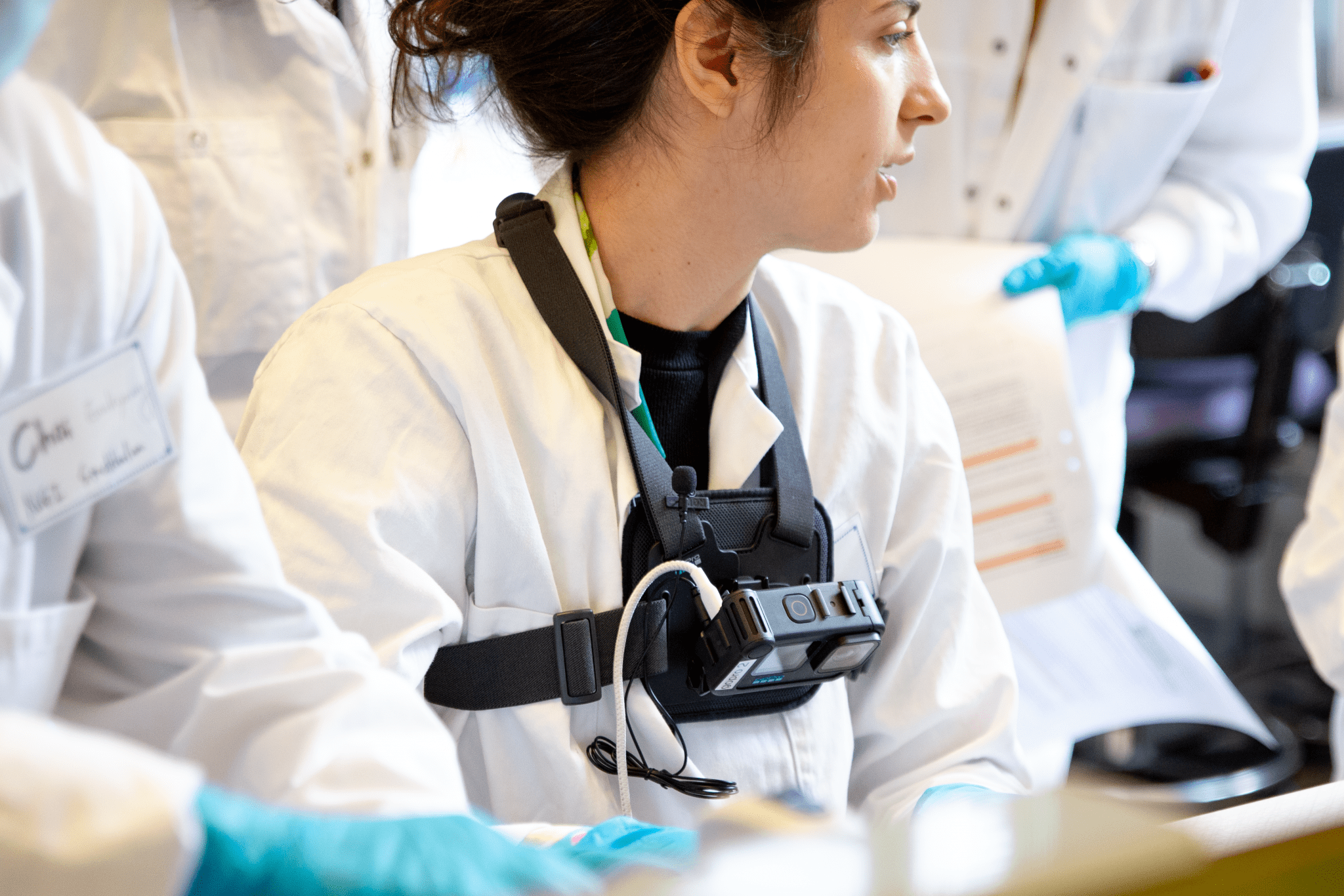
Once the samples were stored and the laboratory packed up, the course ended with two days of theory, lectures, and discussion, where each of the three tracks presented their experiences and everyone contributed their questions, perspective and insight to create a new shared understanding of the technique. The result is not only new Hi-C libraries contributed to the BGE project, but a specialized community of experts and expertise. Through the discussion between industry and academia both at the bench and in the classroom, the course has already changed how Hi-C is performed in Europe.
Digitalizing these experiences in the course, made possible by collaboration with the SciLifeLab Training Hub and Operations Office communication team, has the power to extend this community and expertise by creating a sustainable resource for performing Hi-C that is openly accessible. In this way, this course has set an exemplary benchmark for rich courses that leave an indelible mark on science.
Asked about the cross-unit collaboration, Vinnere-Pettersson said; “In my role as a Scientific Lead of the Planetary Biology Capability, we are excited to start collaboration with the Training Hub and thankful to the Operations Office for their invaluable support. I am looking forward future collaborations!”
The digitalized Hi-C course is currently in post-production with a release date set for summer 2025.
